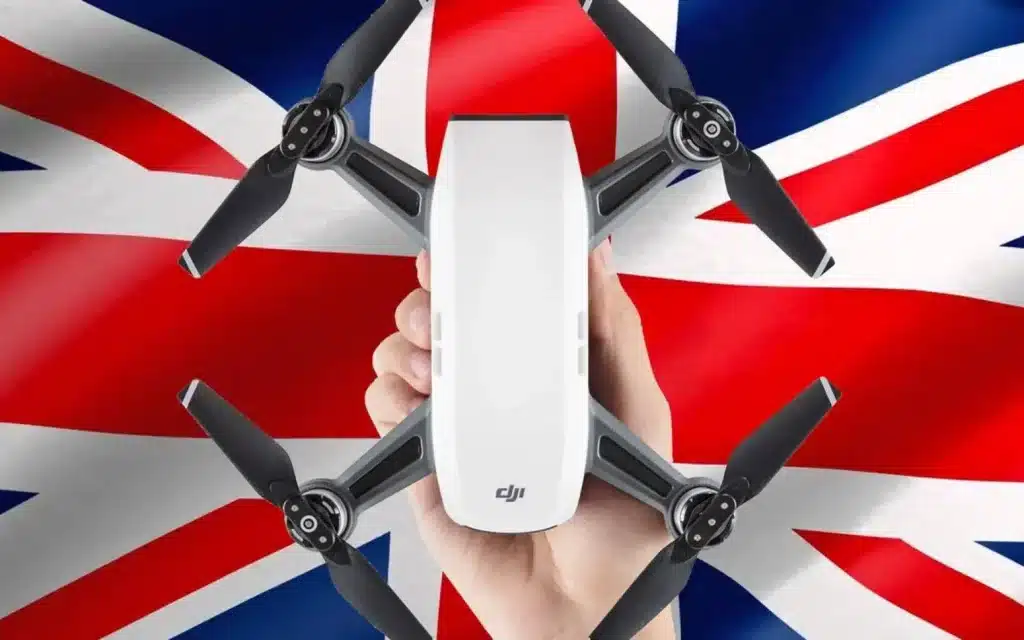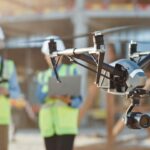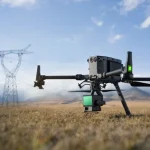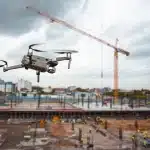As drone usage continues to surge, understanding the latest drone laws in the UK is crucial for both recreational and commercial operators. The UK Civil Aviation Authority (CAA) has implemented a series of drone laws to ensure safe and responsible drone operations. This guide will break down the essential aspects of the drone laws in the UK for 2025, including registration requirements, operational categories, and specific permissions.
Drone Registration Requirements
Drones Under 250g
If your drone weighs less than 250g and has a camera, you must register as an operator, although you are not required to complete the Flyer ID test. Despite this exemption, it is strongly recommended to take the test to understand safe flying practices as per the drone laws.
Drones Between 250g and 25kg
For drones in this weight category, two key steps are necessary under the drone laws:
- Operator ID: The person responsible for the drone must register as an operator, which costs £10.33 annually and requires the registrant to be at least 18 years old.
- Flyer ID: Any person flying the drone must pass an online theory test to obtain a Flyer ID, valid for five years. Minors must have an adult oversee the test-taking process.
Each drone must be labeled with the Operator ID, which must be visible and securely attached to the main body of the aircraft in compliance with drone laws.
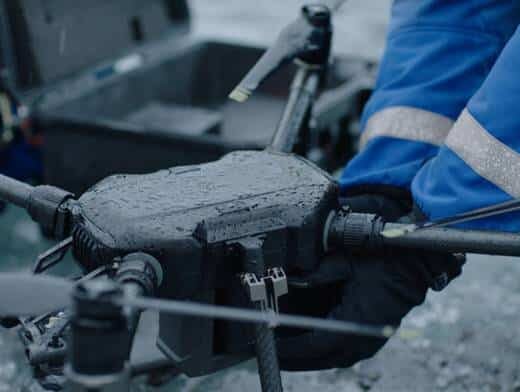
Operational Categories
Open Category
This category is divided into three subcategories based on the level of risk and the type of drone, according to the drone laws:
- A1 (Flying Over People): Allowed for drones under 250g. Larger drones (up to 500g) may fly under transitional rules but must not be flown directly over people.
- A2 (Flying Close to People): Applicable for drones under 2kg with a C2 classification or legacy drones. Operators must maintain specific distances from uninvolved people and have an A2 Certificate of Competency.
- A3 (Flying Far from People): For drones up to 25kg, operated in areas clear of uninvolved persons and away from residential, commercial, industrial, or recreational areas.
Specific Category
For medium-risk operations, an Operational Authorisation from the CAA is required. Operators must undertake a risk assessment (PDRA) and possess a General Visual Line of Sight (GVC) Certificate as mandated by drone laws.
Certified Category
High-risk operations fall under this category, necessitating the certification of the UAS, pilot licensing, and approval from the operator. This category adheres to classical aviation rules to ensure operational safety as per drone laws.
Airspace Restrictions
Before any flight, it is essential to check for airspace restrictions. Temporary airspace restrictions are frequently updated, and drones must not be flown near airports, nuclear facilities, prisons, or other restricted zones without proper permissions, in accordance with drone inspections laws.
Using a Drone for Work
There is no distinction between commercial and recreational drone operations regarding registration and basic operational requirements under the drone laws. However, commercial operations require valid insurance and possibly an Operational Authorisation, depending on the flight’s category.
Enforcing Drone Laws
The police are responsible for enforcing drone laws. Penalties for non-compliance range from warnings to confiscation of drones and imprisonment. Concerns about drone use should be reported to the local police or, in cases of immediate threat, by calling 999.
Staying Informed
Drone operators should stay updated with new rules and safety information by subscribing to the SkyWise email alerting system, as recommended by the drone laws.
Operators and Their Responsibilities
Operators are legally accountable for the safe management of the drone, including preparation, training, and planning for all flights. They must ensure effective oversight of all drone operations, whether conducted by themselves or others using their aircraft, as stipulated in drone laws.
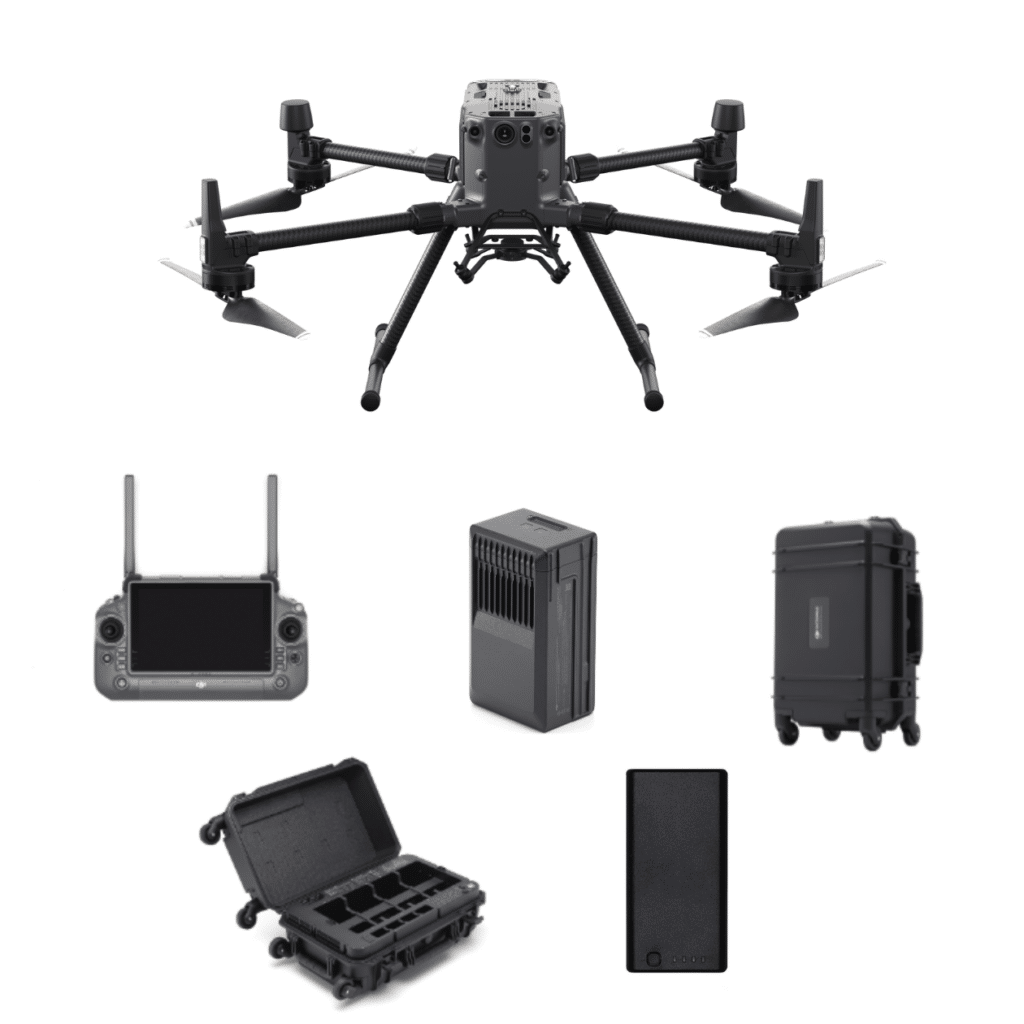
Upcoming Changes and Drone Classifications
From January 1, 2026, all new drones in the UK will be required to meet specific product standards and be classified from C0 to C4. These classifications will determine operational permissions and ensure drones meet safety requirements in line with future drone laws.
Drone Classifications
- C0: Drones under 250g, limited to 120m altitude, and not exceeding 19m/s speed.
- C1: Drones under 900g or designed to transmit less than 80 Joules of energy upon head impact, with similar speed and safety design requirements.
- C2: Drones under 4kg, equipped with a low-speed mode and additional safety features.
- C3 and C4: Drones up to 25kg with varying levels of automation and operational capabilities.
Conclusion
Navigating the drone laws in the UK for 2025 requires understanding the specific requirements for registration, operational categories, and compliance with airspace restrictions. By adhering to these drone laws, drone operators can ensure they fly safely and legally. For the most up-to-date information, refer to the CAA’s resources and stay informed about any regulatory changes in drone laws.

